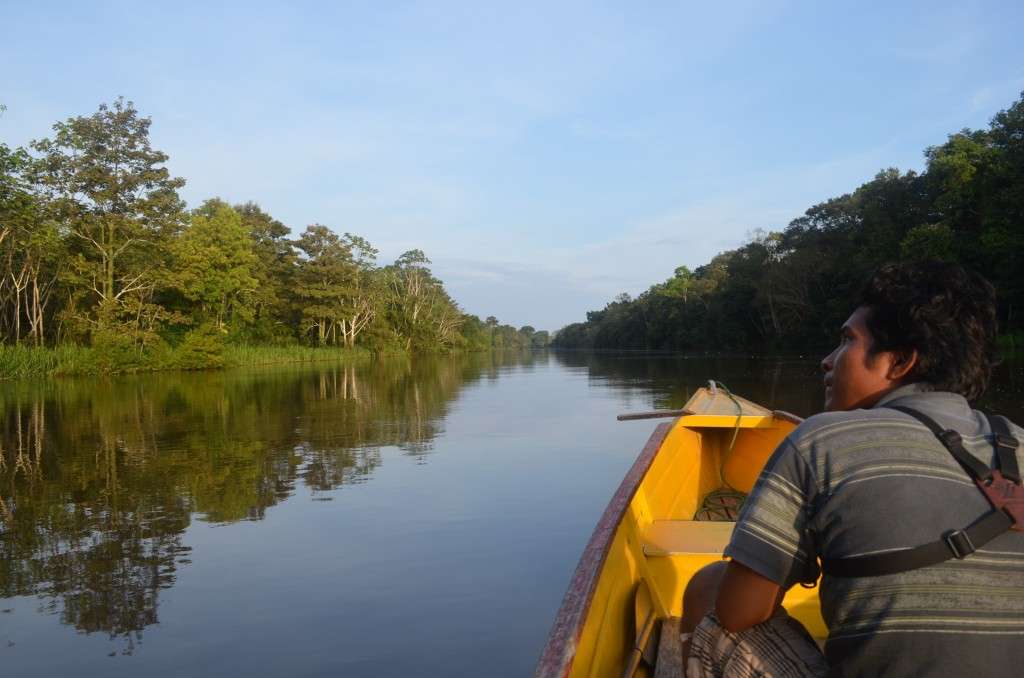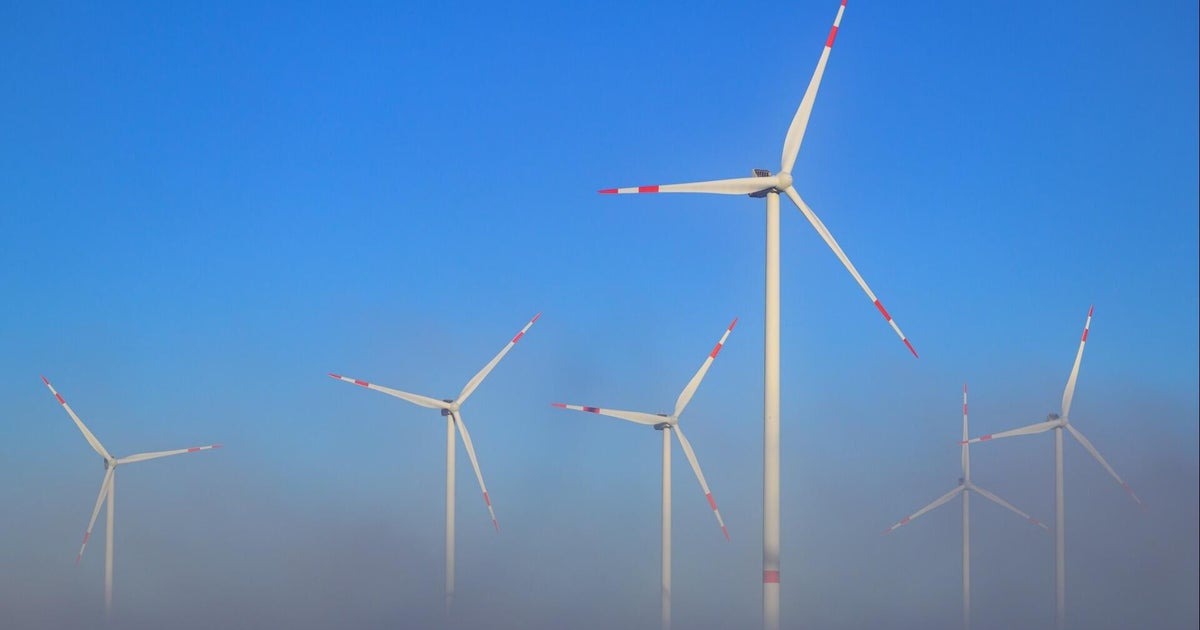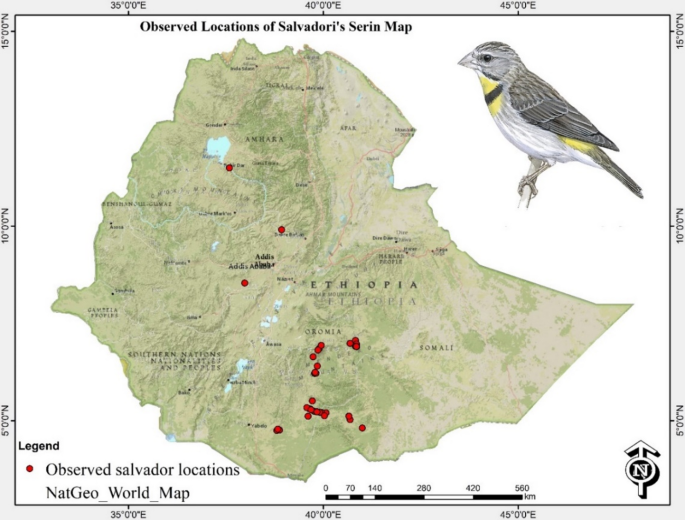Report on Arctic Nitrogen Fixation and its Implications for Sustainable Development Goals
Executive Summary
An international research initiative has uncovered a previously underestimated process of nitrogen fixation occurring beneath Arctic sea ice. This discovery has significant implications for several United Nations Sustainable Development Goals (SDGs), particularly SDG 14 (Life Below Water) and SDG 13 (Climate Action). The findings suggest that as sea ice melts due to climate change, increased nitrogen availability could enhance marine primary productivity, potentially strengthening the Arctic food web and increasing the ocean’s capacity for carbon dioxide absorption. This report outlines the key findings and their connection to the global sustainability agenda.
SDG 14: Life Below Water – Enhancing Marine Ecosystem Productivity
The study directly addresses targets under SDG 14 by providing new insights into the conservation and sustainable use of marine ecosystems. The discovery of nitrogen fixation by non-cyanobacteria challenges previous assumptions about nutrient limitations in the Arctic Ocean.
- Nutrient Availability: The research confirms that nitrogen fixation, the conversion of nitrogen gas into bioavailable ammonium, occurs in the central Arctic Ocean. This process provides a vital nutrient source for algae, the foundation of the marine food web.
- Ecosystem Health: Increased nitrogen availability supports algal growth, which in turn sustains the entire food chain.
- Algae serve as the primary food source for zooplankton.
- Zooplankton are consumed by small fish and other marine life.
- A more robust primary production base can lead to a healthier and more resilient marine ecosystem.
- Impact of Ice Melt: The highest rates of nitrogen fixation were observed at the ice edge, where melting is most active. As climate change accelerates ice retreat, the expanding melt zone could significantly boost nitrogen input into the ecosystem, potentially increasing its overall biological productivity.
SDG 13: Climate Action – Potential for Increased Carbon Sequestration
The findings offer a new perspective on the Arctic’s role in climate regulation, contributing to the knowledge base required for effective climate action under SDG 13.
- Carbon Dioxide Removal: Algae absorb atmospheric CO2 through photosynthesis. An increase in algal biomass, fueled by the newly identified nitrogen source, could enhance the Arctic Ocean’s function as a carbon sink.
- The Biological Carbon Pump: As algae die, their biomass sinks to the ocean floor, sequestering the captured carbon for long periods. This natural process helps mitigate the concentration of greenhouse gases in the atmosphere.
- Modeling Future Climate Scenarios: The researchers stress the importance of incorporating this nitrogen fixation process into climate models. Accurately predicting the Arctic’s future response to climate change requires accounting for this previously overlooked biological mechanism. While potentially beneficial, the net effect remains complex and requires further study.
SDG 2 & SDG 17: Broader Implications for Food Security and Global Partnerships
The research also has indirect links to other SDGs, highlighting the interconnectedness of global challenges.
SDG 2: Zero Hunger
A more productive Arctic food web could eventually support more robust fisheries, contributing to global food security. Enhanced primary productivity is the first step toward sustaining larger populations of commercially important fish species.
SDG 17: Partnerships for the Goals
This discovery was the result of a significant international collaboration, exemplifying the spirit of SDG 17. The research involved a partnership between institutions from multiple nations, demonstrating the necessity of global cooperation to address complex environmental questions.
- Participating Countries: Denmark, Sweden, Germany, France, and the United Kingdom.
- Key Institutions: University of Copenhagen, Linnaeus University, Alfred Wegener Institute, Aix Marseille University, National Oceanography Centre, Max Planck Institute for Chemistry, Stockholm University, and the Swedish University of Agricultural Sciences.
- Research Expeditions: Data was collected during expeditions on the icebreakers IB Oden and RV Polarstern across the central Arctic Ocean.
1. Which SDGs are addressed or connected to the issues highlighted in the article?
The following Sustainable Development Goals (SDGs) are connected to the issues discussed in the article:
-
SDG 13: Climate Action
The article directly addresses climate change by discussing the “rapid loss of sea ice in the Arctic Ocean” as a central theme. It further explores a potential feedback mechanism where this melting could increase the ocean’s capacity to “absorb more CO2” through enhanced algae growth, linking directly to climate mitigation efforts.
-
SDG 14: Life Below Water
The core of the article focuses on the Arctic marine ecosystem. It examines how a newly discovered source of nitrogen can “sustain life” by supporting algae, which are described as “the foundation of the Arctic’s marine food web.” The potential impact on the “entire food chain,” from plankton to fish, is a key topic, aligning with the goal of conserving and sustainably using marine resources.
-
SDG 17: Partnerships for the Goals
The article highlights the collaborative nature of the scientific discovery. It mentions the research was conducted by “an international team” and lists participating institutions from multiple countries, including Denmark, Sweden, Germany, France, and the United Kingdom. This exemplifies the global partnership required to advance scientific understanding for sustainable development.
2. What specific targets under those SDGs can be identified based on the article’s content?
-
SDG 13: Climate Action
-
Target 13.2: Integrate climate change measures into national policies, strategies and planning.
The article supports this target by providing new scientific data that should be integrated into climate models. The researchers emphasize that “nitrogen fixation should now be considered in models predicting the Arctic’s future” and that it is crucial to “include an important process such as nitrogen fixation in the equation when we try to predict what will happen to the Arctic Ocean.”
-
Target 13.2: Integrate climate change measures into national policies, strategies and planning.
-
SDG 14: Life Below Water
-
Target 14.2: By 2020, sustainably manage and protect marine and coastal ecosystems to avoid significant adverse impacts.
The study provides fundamental knowledge about the Arctic marine ecosystem’s nutrient cycle, which is essential for its management and protection. Understanding that the “amount of available nitrogen in the Arctic Ocean has likely been underestimated” is critical for accurately assessing the ecosystem’s productivity and resilience.
-
Target 14.a: Increase scientific knowledge, develop research capacity and transfer marine technology… in order to improve ocean health.
This target is directly addressed by the entire article, which reports on a scientific discovery that increases knowledge about the Arctic Ocean. The research, based on “two major research expeditions aboard the icebreakers IB Oden and RV Polarstern,” is a clear example of developing research capacity to understand and improve ocean health.
-
Target 14.2: By 2020, sustainably manage and protect marine and coastal ecosystems to avoid significant adverse impacts.
-
SDG 17: Partnerships for the Goals
-
Target 17.6: Enhance North-South, South-South and triangular regional and international cooperation on and access to science, technology and innovation.
The research described is a model of international scientific cooperation. The study involved “scientists from the University of Copenhagen (Denmark), Linnaeus University (Sweden), Alfred Wegener Institute (Germany), Aix Marseille University (France), National Oceanography Centre (United Kingdom), Max Planck Institute for Chemistry (Germany), Stockholm University (Sweden), and the Swedish University of Agricultural Sciences (Sweden),” demonstrating a strong partnership to advance scientific knowledge.
-
Target 17.6: Enhance North-South, South-South and triangular regional and international cooperation on and access to science, technology and innovation.
3. Are there any indicators mentioned or implied in the article that can be used to measure progress towards the identified targets?
-
For SDG 13 (Climate Action)
-
Implied Indicator: Rate of CO2 absorption by the Arctic Ocean.
The article suggests that increased algae growth will lead the Arctic Ocean to “absorb more CO2.” Measuring the flux of carbon dioxide between the atmosphere and the ocean would serve as a direct indicator of this climate-regulating function.
-
Implied Indicator: Sea ice cover.
The “rapid loss of sea ice” is the primary driver of the changes discussed. Monitoring the extent and thickness of Arctic sea ice is a fundamental indicator of climate change’s impact on the region.
-
Implied Indicator: Rate of CO2 absorption by the Arctic Ocean.
-
For SDG 14 (Life Below Water)
-
Mentioned Indicator: Nitrogen fixation rates.
The researchers directly measured this, stating they “found the highest nitrogen fixation rates along the ice edge.” This rate is a key indicator of nutrient availability and the health of the microbial community supporting the ecosystem.
-
Implied Indicator: Algae biomass and primary production.
The article repeatedly refers to “algae production” and “algae biomass” as the foundation of the food web. Measuring the concentration of algae (e.g., via chlorophyll levels) is a standard indicator of marine ecosystem productivity and health.
-
Mentioned Indicator: Nitrogen fixation rates.
-
For SDG 17 (Partnerships for the Goals)
-
Mentioned Indicator: Number of joint international scientific and technological cooperation agreements and programmes.
The article explicitly details the collaboration, naming the participating institutions from eight different European organizations and mentioning the joint publication in “Communications Earth & Environment.” This serves as a tangible indicator of a successful international scientific partnership.
-
Mentioned Indicator: Number of joint international scientific and technological cooperation agreements and programmes.
4. Table of SDGs, Targets, and Indicators
| SDGs | Targets | Indicators |
|---|---|---|
| SDG 13: Climate Action | 13.2: Integrate climate change measures into policies and planning. |
|
| SDG 14: Life Below Water |
14.2: Sustainably manage and protect marine ecosystems.
14.a: Increase scientific knowledge and research capacity. |
|
| SDG 17: Partnerships for the Goals | 17.6: Enhance international cooperation on science, technology, and innovation. |
|
Source: sciencedaily.com







